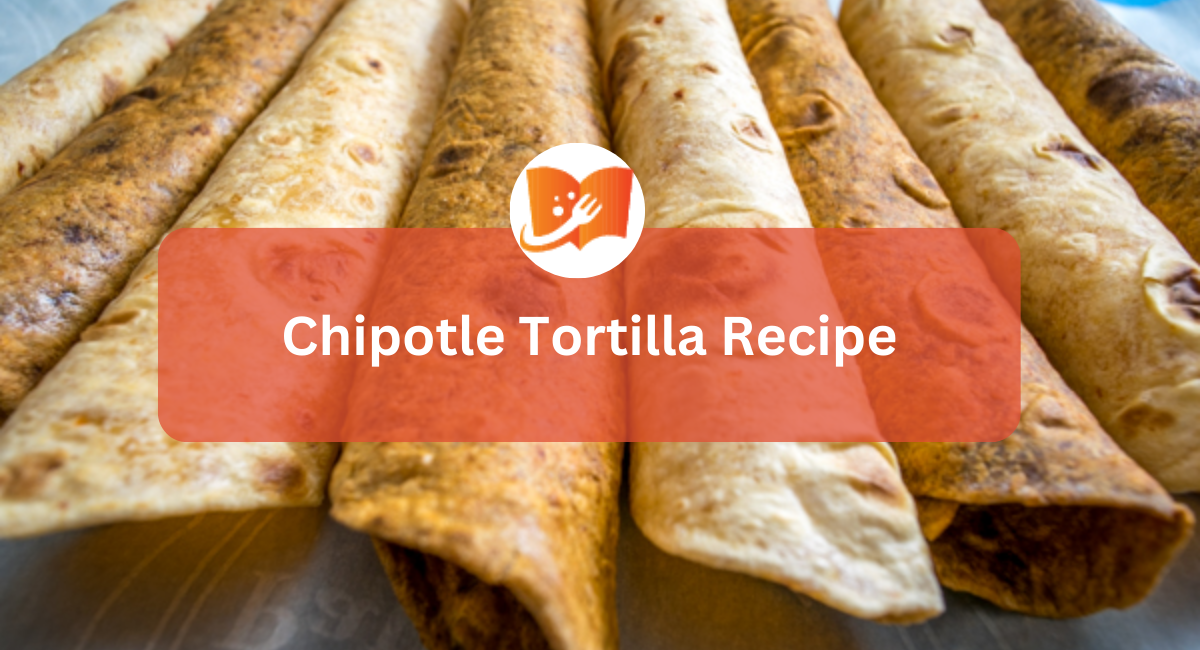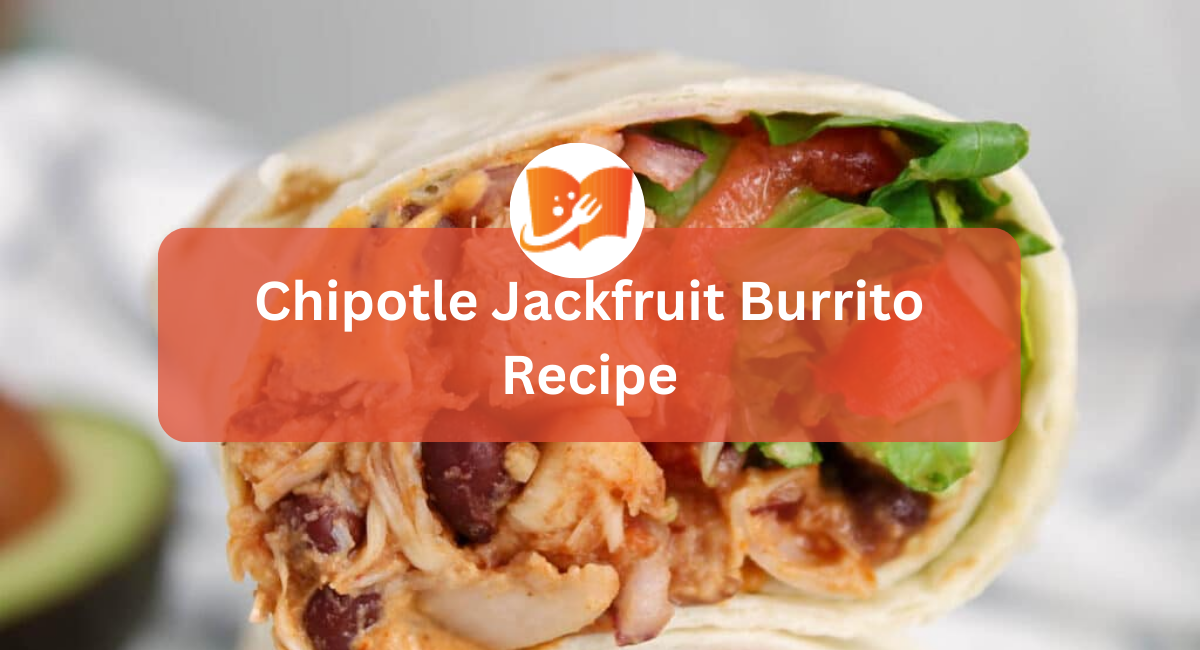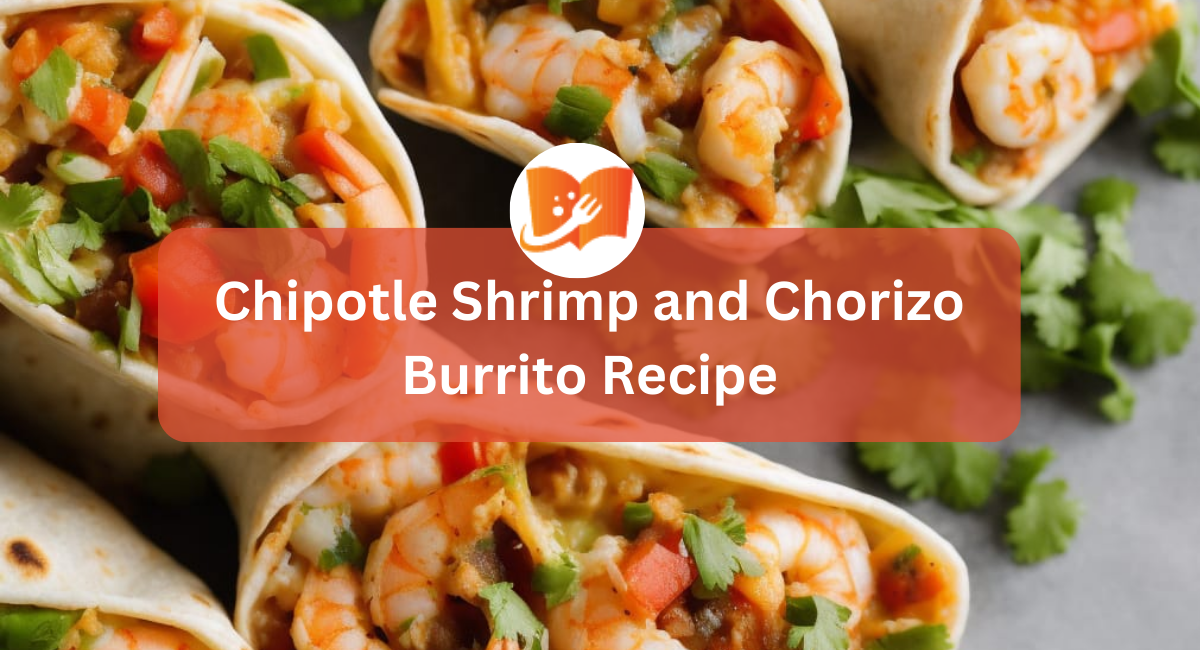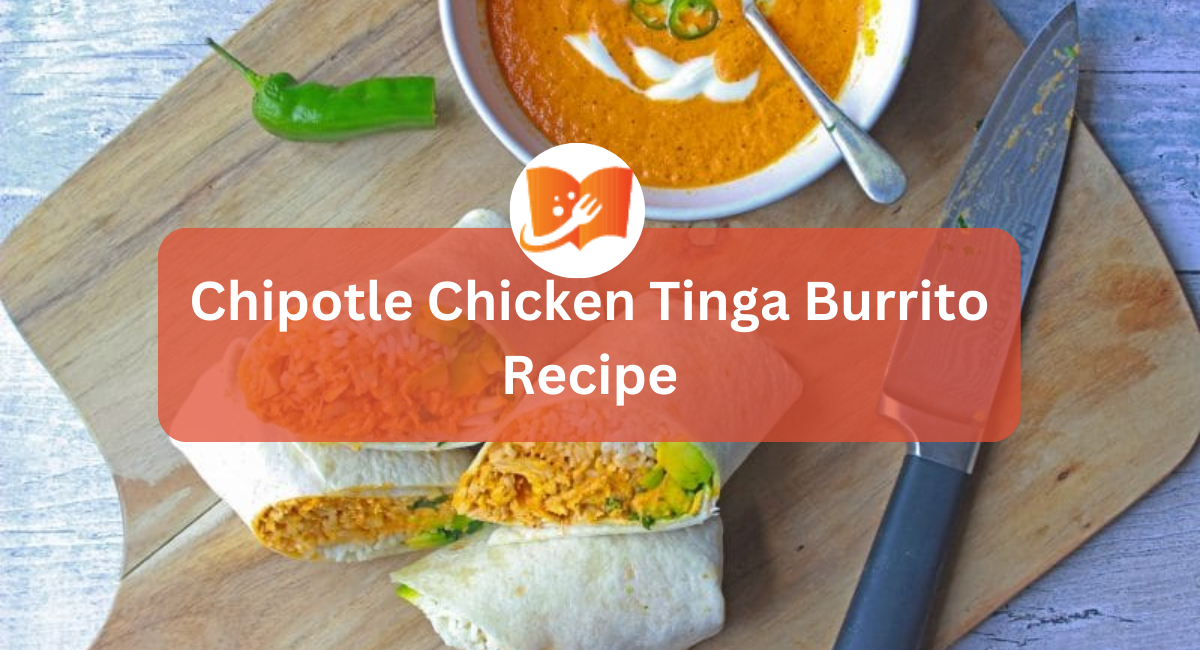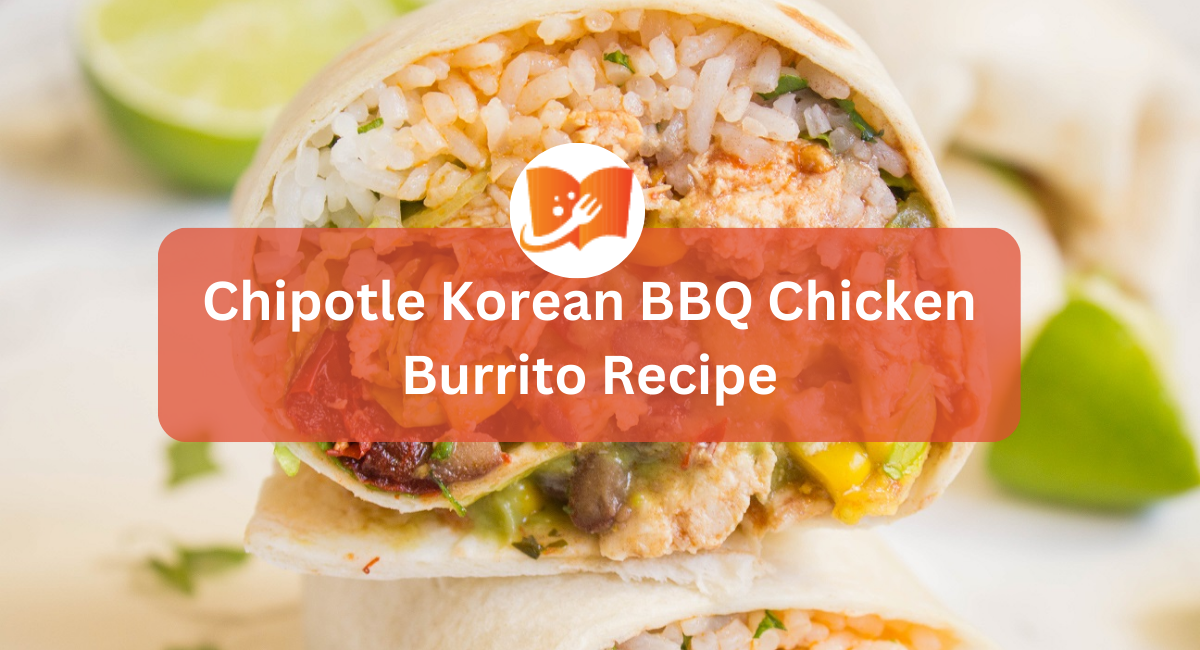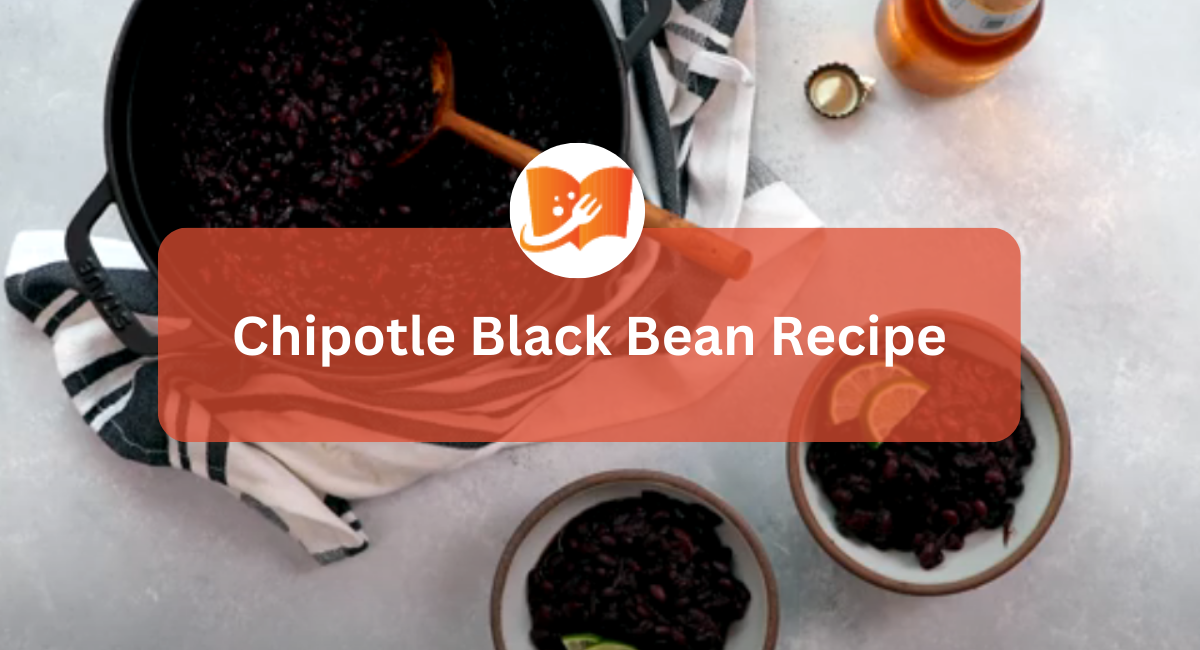If you’ve ever eaten at Chipotle, you know their chipotle sauce is something special. It’s creamy, smoky, a little spicy, and so good you could probably eat it with a spoon (no judgment here!).
The good news is you don’t have to go to Chipotle to enjoy this delicious sauce. In just five minutes, you can whip up your own homemade version that’s just as tasty. Whether you smother it on your burrito bowl, dip your chips, or use it as a marinade, this easy chipotle sauce recipe is sure to become a new favorite.
We’ll walk you through each step of the recipe, share some helpful tips and tricks, and even offer some fun variations to try.
Essential Ingredients

The heart of this simple chipotle sauce lies in just four key components:
- Mayonnaise (15 ounces): The creamy base that provides richness and binds the flavors together. You can use regular, light, or even vegan mayonnaise to suit your dietary needs.
- Limes (2): The zest and juice of two limes add a bright, citrusy note that balances the smoky chipotle peppers and enhances the overall flavor profile.
- Chipotle Peppers in Adobo Sauce (2): These smoky, spicy peppers are the star of the show, infusing the sauce with their unique depth and warmth. The adobo sauce adds a touch of sweetness and tanginess.
- Garlic Powder (1 teaspoon): This adds a savory depth to the sauce and complements the creaminess of the mayonnaise.
These four simple ingredients combine to create a symphony of flavors that is both complex and satisfying. The smoky chipotles, tangy lime, creamy mayonnaise, and savory garlic create a sauce that is perfect for drizzling, dipping, and adding a kick to your favorite dishes.
Optional Ingredients

The beauty of homemade chipotle sauce lies in its adaptability. While the core ingredients create a delicious base, you can further customize and elevate the flavor with these optional additions:
- Extra Chipotle Peppers (1-2): If you’re a heat enthusiast, feel free to amp up the spice level by adding an extra chipotle pepper or two. The adobo sauce accompanying the peppers also contributes a smoky depth, so consider adding a spoonful or two for an extra layer of flavor. Remember, taste as you go to achieve your desired level of heat.
- Honey or Maple Syrup (1 teaspoon): To balance the heat and add a touch of sweetness, incorporate a teaspoon of honey or maple syrup. This is particularly useful if you’ve increased the number of chipotle peppers.
- Fresh Cilantro (3 tablespoons, chopped): A handful of chopped cilantro introduces a fresh, herbaceous element that complements the smoky chipotle and tangy lime. If cilantro isn’t your favorite, feel free to omit it or substitute it with parsley for a milder flavor.
- Cayenne Pepper (1 teaspoon): For those who truly enjoy the heat, a dash of cayenne pepper can provide an extra kick to the sauce.
- Garlic Powder (1 teaspoon): If you prefer a more pronounced garlic flavor, you can add a teaspoon of garlic powder to the mix. This will complement the creaminess of the mayonnaise and add another layer of savory depth.
- Cumin (½ teaspoon): A pinch of cumin can further enhance the smoky notes of the chipotle peppers, adding complexity and warmth to the sauce.
Remember, these are just suggestions, and the joy of crafting your own chipotle sauce is the freedom to experiment and personalize it. Don’t hesitate to try different combinations and create a sauce that perfectly suits your taste buds.
Required Equipment
This chipotle sauce recipe requires minimal equipment, making it even more convenient to prepare. Here’s what you’ll need:
- Blender or Food Processor: This is the key tool for creating a smooth and creamy chipotle sauce. The blades will effortlessly blend the chipotle peppers, mayonnaise, lime juice, and other ingredients into a homogenous mixture. If you don’t have a blender or food processor, you can try using an immersion blender or even a whisk, but the texture might not be as smooth.
- Microplane or Zester: If you’re using fresh limes, you’ll need a microplane or zester to grate the zest. The zest adds a bright, citrusy aroma and flavor to the sauce, so it’s worth the extra effort.
- Measuring Cups and Spoons: Accurate measurements are crucial for achieving the perfect balance of flavors in your chipotle sauce. Make sure you have measuring cups and spoons on hand to measure the mayonnaise, lime juice, and other ingredients.
- Mixing Bowl (optional): If you prefer to combine the ingredients before blending, you’ll need a medium-sized mixing bowl. This allows you to whisk everything together and ensure the chipotle peppers are evenly distributed before blending.
- Airtight Container: Once your sauce is ready, you’ll need an airtight container to store it in the refrigerator. This will help maintain its freshness and prevent it from absorbing any unwanted odors.
Chipotle Sauce Recipe Easy – Step by Step
The beauty of this easy chipotle sauce lies in its simplicity. The preparation process is quick and straightforward, ensuring that you can whip up a batch in no time.
Step 1 – Zest and Juice the Limes
Start by zesting two limes using a microplane or zester. Make sure to zest only the outer green layer, avoiding the bitter white pith underneath. Then, cut the limes in half and juice them, extracting as much juice as possible. You should aim for about 2-3 tablespoons of lime juice.
Step 2 – Prepare the Chipotle Peppers
If using canned chipotle peppers in adobo sauce, remove two peppers from the can. You can finely chop them or, for a smoother sauce, puree them in a blender or food processor until you have a thick paste.
Step 3 – Combine the Ingredients
In a medium bowl, combine the mayonnaise, lime zest, lime juice, chipotle peppers (chopped or pureed), and garlic powder. If you’re using any additional ingredients like honey, cilantro, or other spices, add them to the bowl as well.

Step 4 – Mix Thoroughly
Use a whisk or a spoon to mix all the ingredients until they are well combined and the sauce is smooth and creamy. Make sure there are no lumps of mayonnaise or chipotle peppers.
Step 5 – Taste and Adjust
Now comes the crucial step of tasting your chipotle sauce. Does it need more heat? Add another chipotle pepper or a pinch of cayenne. Is it too spicy? Balance it out with a bit more mayonnaise or a touch of honey. You can also adjust the consistency by adding a splash of water if it’s too thick.

Step 6 – Chill and Serve
Once you’re happy with the flavor, transfer your homemade chipotle sauce to an airtight container and refrigerate it for at least 30 minutes. This allows the flavors to meld and the sauce to thicken slightly. The sauce can be stored in the refrigerator for up to 3 months, making it a convenient condiment to have on hand.
Tips and Tricks for Creating a Flavorful Chipotle Sauce

Here are some valuable tips and tricks to ensure your homemade chipotle sauce turns out perfectly:
- The Perfect Consistency: The ideal chipotle sauce should be thick and creamy, yet pourable. If your sauce is too thick, simply add a splash of water or lime juice, one tablespoon at a time, and whisk until you reach the desired consistency. If it’s too thin, you can simmer it gently on the stovetop for a few minutes to reduce it slightly.
- Spice It Up or Tone It Down: The level of heat in your chipotle sauce is entirely customizable. If you prefer a milder sauce, start by using only one chipotle pepper and gradually add more until you reach your desired level of spice. For a fiery spicy chipotle sauce, feel free to add an extra pepper or two, along with some of the adobo sauce from the can.
- Flavor Enhancers: Don’t be afraid to experiment with additional flavors. A pinch of ground cumin or smoked paprika can intensify the smoky notes, while a dash of cayenne pepper can add an extra kick. If you enjoy a touch of sweetness, a teaspoon of honey or maple syrup can balance the heat beautifully.
- Freshness Matters: For the best flavor, use freshly squeezed lime juice and freshly grated lime zest. The bright, citrusy notes will elevate your chipotle sauce and complement the smoky chipotle peppers.
- Storage Tips: Store your chipotle sauce in an airtight container in the refrigerator for up to 3 months. If the sauce thickens upon refrigeration, simply stir in a tablespoon or two of water to loosen it up.
- Vegan Variations: To create a vegan chipotle sauce, substitute the mayonnaise with a vegan alternative like Vegenaise. You can also replace the honey with maple syrup for a vegan-friendly sweetener.
- Beyond the Basics: Once you’ve mastered the basic recipe, feel free to explore variations like chipotle mayo (simply omit the lime and garlic) or chipotle ranch (add a packet of ranch dressing mix to the blender).
Addressing Common Chipotle Sauce Issues
Even the simplest recipes can sometimes encounter hiccups. Here’s a troubleshooting guide to help you overcome any challenges you might face while making your chipotle sauce:
- Sauce too thick: If your chipotle sauce turns out too thick, don’t worry! It’s an easy fix. Simply add a splash of water or lime juice, one tablespoon at a time, and whisk until you reach your desired consistency. The acidity of the lime juice will also complement the flavors of the sauce.
- Sauce too thin: If your sauce is too runny, you have a couple of options. You can simmer it gently on the stovetop for a few minutes to reduce it slightly. Alternatively, you can add a small amount of cornstarch mixed with water to thicken it. Start with a teaspoon of cornstarch mixed with a tablespoon of water, and gradually add more if needed.
- Sauce separates: Sometimes, the mayonnaise or sour cream in the sauce can separate, especially if it’s been stored in the refrigerator for a while. To fix this, simply give the sauce a good whisk or blend it again in the food processor for a few seconds until it becomes smooth and creamy once more.
- Sauce too spicy: If you accidentally added too many chipotle peppers or your sauce is simply too spicy for your liking, you can balance the heat by adding more mayonnaise or sour cream. You can also add a touch of sweetness with honey or maple syrup to mellow out the spice.
- Lack of smoky flavor: If you find that your chipotle sauce lacks the characteristic smoky flavor, you can enhance it by adding a pinch of smoked paprika or a few drops of liquid smoke. Be cautious with liquid smoke, as a little goes a long way.
- Bland flavor: If your sauce tastes bland, try adding more lime juice, garlic powder, or salt. You can also experiment with other spices like cumin or chili powder to add depth and complexity.
Variations on the Classic Recipe
The classic chipotle sauce recipe is a fantastic starting point, but the beauty of homemade sauces lies in their adaptability. Let’s explore a few exciting variations that cater to different dietary needs and flavor preferences:
Vegan Chipotle Sauce: Embrace a plant-based lifestyle without sacrificing flavor. Simply swap the mayonnaise for a vegan alternative like Vegenaise. If the recipe calls for honey, replace it with maple syrup for a vegan-friendly sweetener. The result is a creamy, smoky, and tangy sauce that’s perfect for anyone following a vegan diet.
Spicy Chipotle Sauce: If you’re a heat enthusiast, this variation is for you. Crank up the spice level by adding an extra chipotle pepper or two, along with a generous spoonful of the adobo sauce. The adobo sauce not only adds heat but also contributes a deeper smoky flavor. Remember to taste as you go to ensure the spice level is just right for you.
Chipotle Mayo: For a simpler twist on the classic recipe, try making chipotle mayo. Omit the lime and garlic, and focus solely on the creamy combination of mayonnaise and chipotle peppers. This streamlined version is perfect for spreading on sandwiches, burgers, or wraps.
Chipotle Ranch: Combine the smoky heat of chipotle with the cool, herbaceous flavors of ranch dressing. Simply add a packet of ranch dressing mix to your blender along with the other ingredients. The result is a unique and flavorful sauce that’s perfect for dipping vegetables, chicken tenders, or even drizzling over salads.
Serving Suggestions

The versatility of chipotle sauce is truly remarkable. Its smoky, spicy, and tangy flavors complement a wide range of dishes, making it a kitchen staple for many. Here are some serving suggestions to inspire your culinary adventures:
Traditional Pairings:
- Tacos: Chipotle sauce is a classic topping for tacos of all kinds. Whether you’re using it as a drizzle over grilled chicken tacos or a dollop on your favorite fish tacos, the smoky flavor of the sauce elevates the dish to a new level.
- Burritos: Stuffed with rice, beans, meat, and vegetables, burritos crave the creamy, spicy goodness of chipotle sauce. Drizzle it over your burrito filling or mix it directly into the rice for a burst of flavor in every bite.
- Bowls: Chipotle bowls are all the rage, and for a good reason! The combination of rice, beans, grilled protein, fresh veggies, and a generous drizzle of chipotle sauce is simply irresistible. You can even use the sauce as a base for a delicious chipotle dressing for your bowl.
Creative Applications:
- Burgers: Ditch the ketchup and elevate your burgers with a dollop of chipotle mayo. The smoky, spicy flavors pair perfectly with juicy beef patties and melted cheese.
- Salads: A drizzle of chipotle sauce can transform a simple salad into a flavorful fiesta. Use it as a dressing or add it to your favorite salad recipes like a Southwest chicken salad or a black bean and corn salad.
- Dips: Chipotle sauce makes an excellent dip for fries, roasted potatoes, or even fresh vegetables. Its creamy texture and complex flavors make it an addictive snacking companion.
Chipotle Sauce as a Marinade or Glaze:
- Marinade: Before grilling or baking chicken, fish, or tofu, marinate them in chipotle sauce for at least 30 minutes. The smoky, spicy flavors will penetrate the protein, resulting in a flavorful and juicy dish.
- Glaze: Brush chipotle sauce over grilled or roasted meats during the last few minutes of cooking. The sauce will caramelize and create a sticky, flavorful glaze that adds depth and complexity to your dish.
The Perfect Condiment:
Chipotle sauce is a star player in many popular dishes. Here are a few examples of how to incorporate it:
- Carne Asada Fries: Top crispy french fries with grilled carne asada, melted cheese, and a drizzle of chipotle sauce for a flavor explosion.
- Chicken Burrito Bowls: This classic dish features seasoned rice, grilled chicken, black beans, corn, salsa, guacamole, and a generous dollop of chipotle sauce.
- Jalapeno Salmon Patties: Mix chipotle sauce into salmon patties for an extra kick of flavor. Serve them with a side of chipotle mayo for dipping.
- Crispy Oven Baked Chicken Tenders: Coat chicken tenders in a mixture of chipotle sauce, breadcrumbs, and spices for a crispy and flavorful appetizer or main course.
- Baked Chicken Taquitos: Fill tortillas with shredded chicken, cheese, and a bit of chipotle sauce, then bake until golden brown and crispy.
Storing and Preserving Your Chipotle Sauce

The creamy and flavorful chipotle sauce you’ve just whipped up deserves proper care to ensure its longevity. Here’s how to store and preserve your homemade chipotle sauce:
Refrigeration: The Go-To Method
The refrigerator is the ideal place to store your chipotle sauce. The cool temperature helps maintain its freshness and prevents spoilage. Simply transfer the sauce to an airtight container, making sure the lid is tightly sealed.
This will keep the sauce from absorbing any unwanted odors or flavors from other foods in your fridge. When stored properly in the refrigerator, your chipotle sauce will remain fresh and delicious for up to 3 months.
Freezing: Not Recommended
While freezing might seem like a good option for long-term storage, it’s not ideal for chipotle sauce. The mayonnaise and sour cream in the sauce can separate during freezing and thawing, leading to an undesirable texture.
If you must freeze it, transfer the sauce to a freezer-safe container, ensuring it’s tightly sealed. However, for the best quality and flavor, it’s recommended to consume the frozen sauce within 2 months.
Tips for Maintaining Freshness
- Fresh is Best: Always use freshly squeezed lime juice and zest for the brightest flavor. The acidity of the lime juice also helps preserve the sauce.
- Consistency is Key: If your sauce thickens in the refrigerator, don’t worry! Just stir in a tablespoon or two of water to loosen it up. You can also add a squeeze of lime juice for an extra flavor boost.
- Avoid Contamination: To prevent spoilage, use a clean spoon or utensil every time you dip into the sauce.
- Smaller Batches for Frequent Use: If you don’t use chipotle sauce regularly, consider making smaller batches to ensure you consume it while it’s at its peak freshness.
Nutritional Benefits of Chipotle Sauce
The primary ingredients in this chipotle sauce—chipotle peppers, lime juice, and mayonnaise—offer some potential nutritional benefits.
- Chipotle peppers, being dried jalapenos, retain many of the nutrients found in fresh peppers. They are a good source of vitamins A and C, which support immune function and skin health. Additionally, they contain capsaicin, the compound responsible for their heat, which has been linked to potential benefits like pain relief and improved metabolism.
- Lime juice contributes a dose of vitamin C and antioxidants, further boosting the sauce’s potential health benefits.
- While mayonnaise is often seen as a less healthy ingredient due to its fat content, it’s worth noting that it’s primarily made from heart-healthy unsaturated fats. If you’re watching your fat intake, you can opt for light mayonnaise or explore the vegan chipotle sauce variation mentioned earlier.
Conclusion
Making your own chipotle sauce at home is easier than you think. With just a few simple ingredients and a blender, you can create a delicious and versatile sauce that will elevate your meals.
Whether you’re a fan of spicy food or just looking for a flavorful condiment, this recipe is sure to please. So, what are you waiting for? Grab your ingredients and get ready to enjoy the smoky, tangy goodness of homemade chipotle sauce!
Frequently Asked Questions
Can I use dried chipotle peppers instead of canned?
Absolutely! If you have dried chipotle peppers on hand, you can rehydrate them in hot water for about 30 minutes before using them in the recipe. Just remember to remove the stems and seeds before blending them into the sauce.
Can I make this sauce ahead of time?
Definitely! In fact, making it ahead of time allows the flavors to meld even further. Store the sauce in an airtight container in the refrigerator for up to 3 months.
Is chipotle sauce gluten-free?
Yes, the basic chipotle sauce recipe is naturally gluten-free. However, always double-check the labels of your ingredients, especially the mayonnaise, to ensure they don’t contain any gluten.
What’s the best way to adjust the spice level?
The number of chipotle peppers you use directly impacts the spiciness of the sauce. Start with one pepper if you prefer a milder sauce, and gradually add more until you reach your desired level of heat. You can also add a pinch of cayenne pepper for extra spiciness.
Can I use this sauce on grilled meats?
Absolutely! Chipotle sauce makes a fantastic marinade or glaze for grilled chicken, fish, or steak. The smoky flavor complements grilled meats beautifully.
What are some other creative ways to use chipotle sauce?
Chipotle sauce is incredibly versatile. You can mix it with sour cream for a creamy dip, use it as a spread on sandwiches, or even add a dollop to scrambled eggs or omelets for a spicy kick.
Can I use this sauce on vegetarian or vegan dishes?
Yes! The vegan version of chipotle sauce, made with plant-based mayonnaise, is perfect for vegetarian and vegan dishes. It adds a smoky, spicy flavor that complements grilled vegetables, tofu scrambles, and veggie burgers.
Can I make a large batch of chipotle sauce for a party?
Absolutely! Simply double or triple the recipe to make a larger batch. It’s a great condiment to have on hand for taco bars, potlucks, or any gathering where you want to add a burst of flavor to your dishes.
What’s the shelf life of homemade chipotle sauce?
When stored properly in an airtight container in the refrigerator, homemade chipotle sauce can last for up to 3 months. Always check for any signs of spoilage, such as mold or an off smell, before consuming.
Also read:
Panera Chipotle Chicken Avocado Melt Recipe
Chipotle Chicken Al Pastor Recipe

Karen Bailey is a copycat recipe expert, mastering the art of recreating famous restaurant dishes in her own kitchen. With a passion for cooking and sharing, she’s become a trusted guide for those craving restaurant flavors at home. Through her blog and social media, Karen simplifies complex recipes, making gourmet meals accessible to all.

